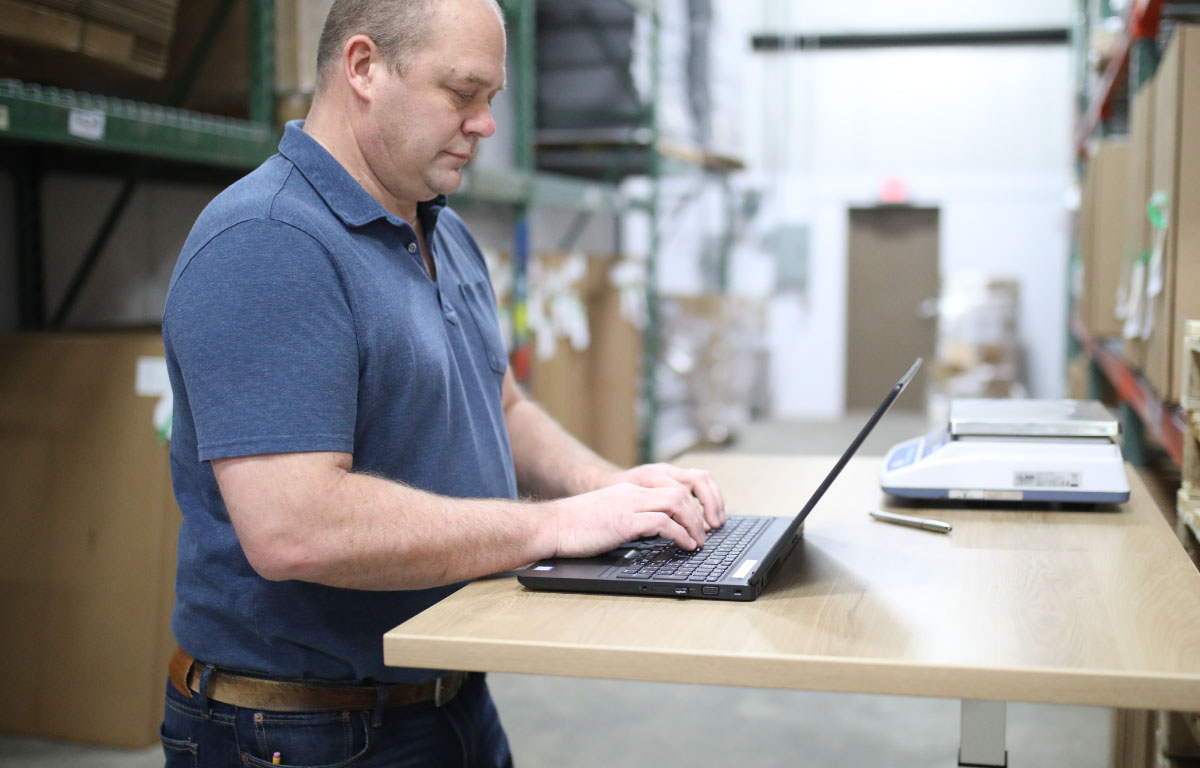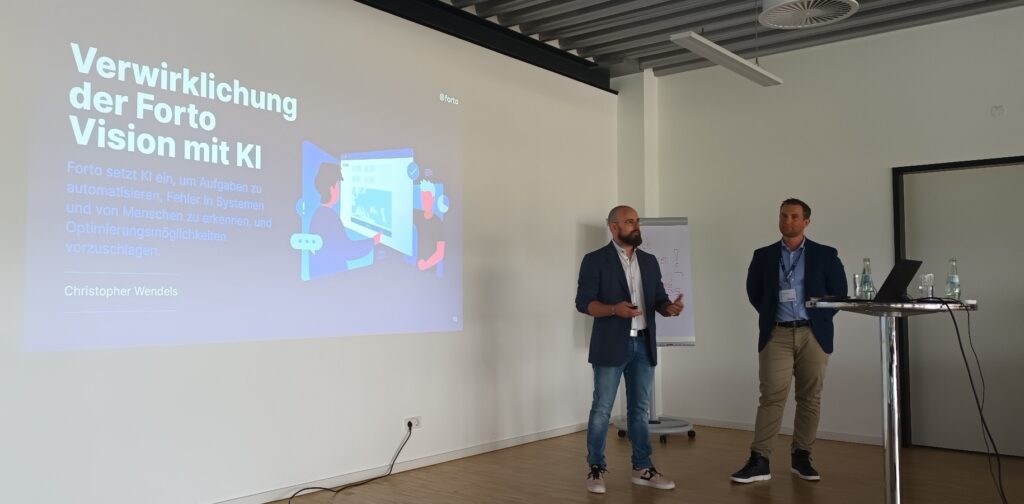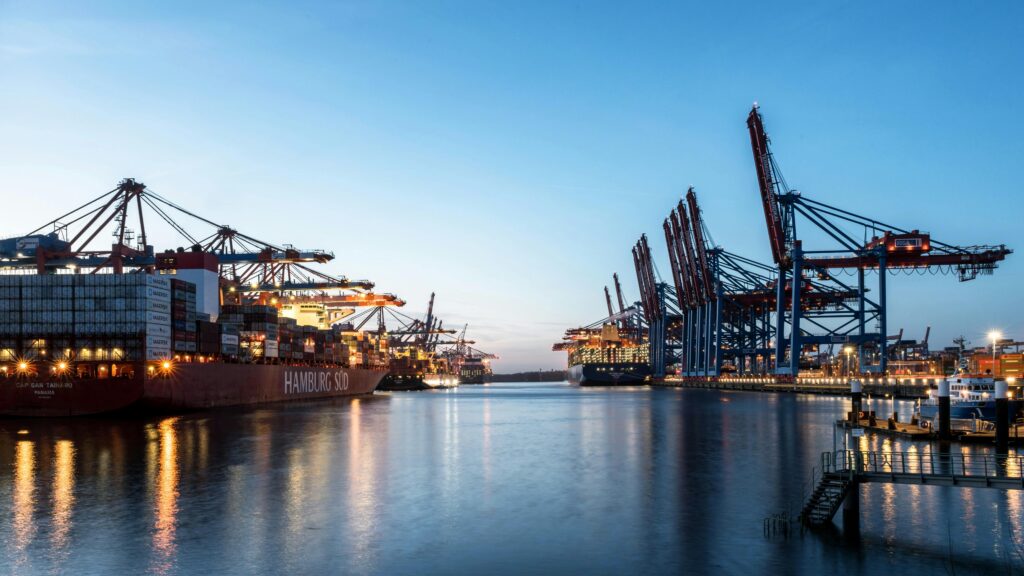-
Germany’s logistics experts still track products mostly manually
-
Lack of information from the supply chain now particularly shocks companies
-
Digital order management systems create competitive advantages not only in times of crisis
Every company – every manufacturer, every retailer – knows how important it is that products arrive on time. It doesn’t matter whether they are indispensable for the production of an end product or because customers need them at a specific time of year (e.g., Easter or Christmas), on-time arrival matters. A digital order management solution enables companies to have transparency about products in transit so that they are in the right place at the right time.
Current challenges in logistics
The current situation in logistics is volatile: freight rates and capacities change daily, and individual means of transport are temporarily unavailable. The operations of individual manufacturers have also had to be suspended due to plant closure. Even in normal times, logistics planning is a challenge. That said, it becomes even more complicated in the case of COVID- 19 or natural disasters (such as the 2011 earthquake in Japan and the subsequent tsunami).
In such cases, quick action is called for: products for planned sales campaigns must be prioritized, while others must be redirected to other modes of transport when warehouses are full in this country. This requires a smooth interaction of all parties involved in the supply chain, from manufacturers to forwarders to department stores.
If the order management process is handled manually, it is extremely time-consuming to trace which container delivered contains which goods. The transparency of the supply chain at the product level, which can be seen at a glance, is lacking in many cases.
Purchase Order Management in practice
Although many companies consider themselves to be well positioned digitally, appearances are deceptive. A study showed that 42% of small and medium-sized German companies still handle purchase orders manually. In other words: While most departments obtain their information from the in-house ERP system, for logisticians it means maintaining numerous Excel lists, telephoning suppliers and freight forwarders for status updates, writing e-mails and entering the data thus obtained into the ERP system. This manual work is very time-consuming and makes it difficult to remain competitive in the long term.
5 reasons why German midsize companies and e-commerce merchants should control and track at product level right now
The Corona crisis should be a wake-up call for all companies, but especially for retailers. In the Harvard Business Review, scientists currently assume that companies that invest in digital control of their supply chain now will outperform their competitors in the event of another crisis and will also win in the long term. The simplest option is to implement a digital order management solution. It solves all the above problems and simplifies workflows:
- Digital control reduces the risk of errors in the order management process because instead of obtaining data from many sources or manually maintaining Excel lists, there is only one source – a platform to which retailers, manufacturers and suppliers have access.
- Such a digital process offers maximum flexibility. Individual SKUs can be easily tracked and prioritized according to urgency. They can be redirected to other means of transport if necessary – with full cost control.
- Even in the case of influences that are beyond the control of all parties involved in the supply chain (such as the corona pandemic), the ability to act remains intact, because it is easy to change transport routes, for example.
- Administrative work is reduced by about 40%, which benefits both the employees, who no longer have to juggle Excel tables and mails, and the company itself. Because even with reduced capacities, e.g. due to high sickness rates or short-time work, the work can be completed after a short training period – even from the home office.
- Since the manufacturers enter the production status into the system independently, just like the forwarding agents enter the respective location of the goods, the route of individual products can be traced at any time. In this way, retailers can be sure of receiving time-critical items on time.
Do you want to remain flexible and capable of action in your logistics, even in a crisis such as the COVID-19 pandemic? Then learn more about the advantages of a modern order management solution.
Contact us here or get in touch with your Forto account manager.







